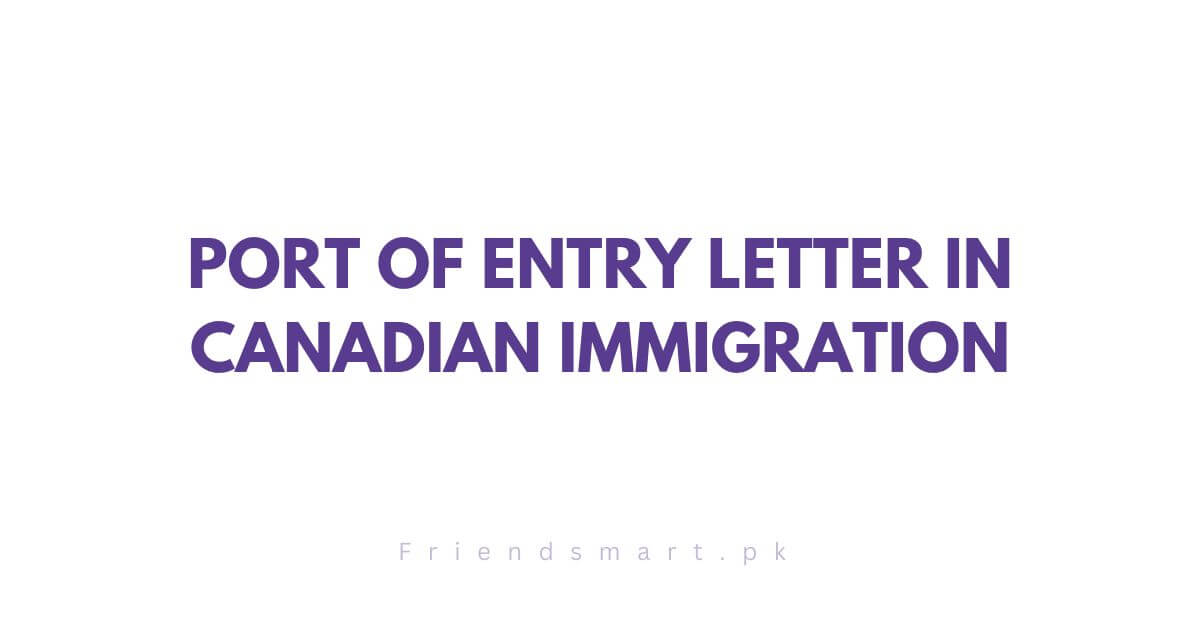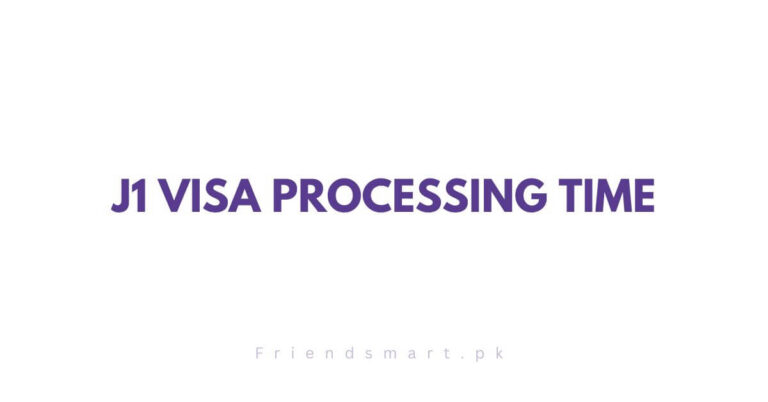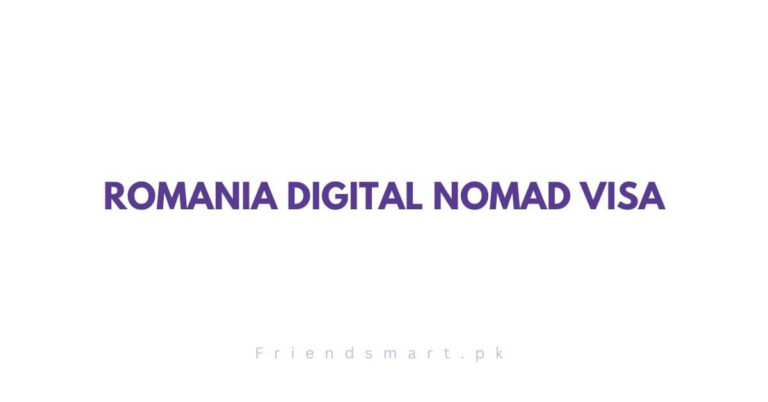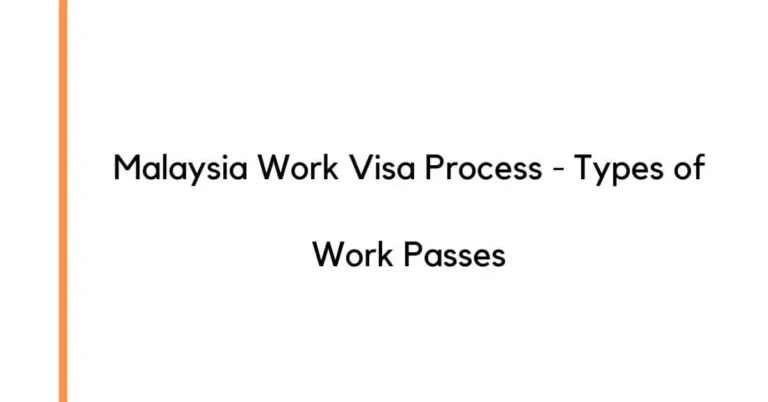Port of Entry Letter in Canadian immigration
You are in the right place if you are interested in learning more about the Port of Entry Letter in Canadian immigration. Authorization to enter Canada temporarily as a resident may be issued to foreign nationals in the form of port-of-entry letters. These POE letters are issued by IRCC to foreign nationals who have been granted one of the three visas or temporary resident permits detailed below. They are detailed below.
Check Also: Refusal Reasons for Canada Visitor Visa 2024 – Check Here
Port of Entry Letter in Canadian immigration
1. A study permit.
Students from around the world migrate to Canada. The Canadian academic system requires a valid study permit. The study is authorized with a Canadian Designated Learning Institution (DLI) study permit. Prior to applying, foreign nationals seeking study permits should be informed that they must satisfy certain eligibility requirements. Students must fulfill particular obligations while in Canada.
Preparation is required to ensure that your study visa application is approved prior to the start of the semester, as processing times differ by country and the application process consists of multiple steps. Although the majority of postsecondary programs in Canada commence in September, January, or May, some institutions admit students earlier.
In order to ensure they have sufficient time to complete the study permit application and obtain the acceptance letter, foreign nationals should confirm the start date and application procedure for the institutions and programs of their choice well in advance.
2. A work permit
Foreign nationals seeking temporary employment in Canada are generally required to obtain a work permit. The International Mobility Programme (IMP) and the Temporary Foreign Worker Programme (TFWP) are the two primary initiatives that grant work permits.
Work permits are issued by the TFWP to applicants whose employers have successfully completed a positive Labour Market Impact Assessment (LMIA). An affirmative LMIA signifies that the job demands an international candidate and that there are no available Canadian candidates.
A favorable LMIA is not a prerequisite for an IMP work permit. It is a prerequisite for employers to utilize their employer portal in order to submit an employment offer.
3. A super visa
Visa-exempt countries’ temporary residents qualify for extraordinary visas.
Furthermore, a super visa is a visitor visa with multiple entries that is specifically authorized for parents and grandparents who are permanent residents and citizens of Canada. It confers an indefinite remain in Canada for a maximum of two years, without the requirement of status renewal.
The supervising visa allows grandparents and parents who meet the requirements to temporarily reside in Canada. Parents and grandparents must be nominated for permanent residence by a Canadian child or grandchild in order to remain permanently.
Conclusion
A Port of Entry Letter would only be issued to transitory residents who submitted digital applications for one of the three permit or visa categories and included their email addresses, per IRCC.
As with other TR applicants, visitors to Canada will not be issued a POE letter upon arrival. Exclusive recipients of these communications possess an IRCC digital account. They grant them entry into Canada subsequent to authenticating the identity of the individuals carrying the POE letters. The individual will subsequently be granted permission to enter Canada and will be required to provide the CBSA with the requisite information to obtain such authorization.
Additionally, the IRCC specifies that an individual will not be eligible for a permit if they enter Canada through a port of entry without a POE letter. It is worth noting that a letter of port of entry does not pass as a work or study permit.
The official designation for a letter of introduction received by a transitory resident is the Port of Entry Letter of Introduction (POE). This document may also be denoted as an introduction letter, correspondence, or introduction.
Frequently Asked Questions:
-
What is the port of entry letter for Canada?
If your application is approved, you’ll get an approval letter that says you’re allowed to study in Canada. This letter is called the port of entry letter of introduction. Once you have this letter, you must leave and ask to get your study permit on your return to Canada.
-
Can I travel to Canada without a port-of-entry letter?
We strongly recommend you wait until you receive your Port of Entry (POE) letter before traveling to Canada. If you do not have your POE letter when you arrive at a Canadian port of entry, you will not get a work permit. The Border Services Officer will decide if you may be admitted as a visitor (tourist).
-
How do I find my port of entry in Canada?
Usually, the port of entry that you come through will be the first airport or land crossing that you stop at in Canada. For example, if your last stop is Winnipeg but you first arrive in Vancouver, your port of entry is Vancouver International Airport.







